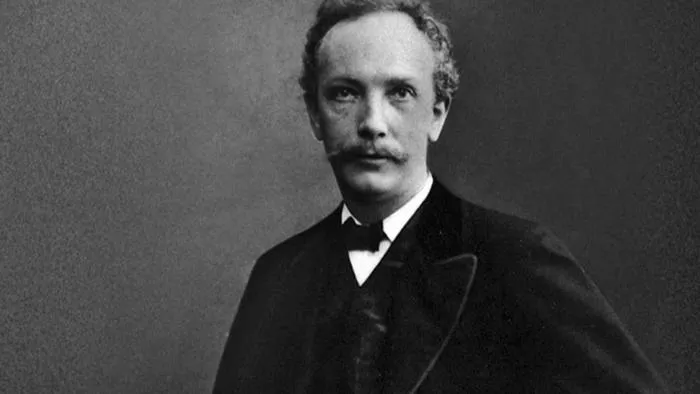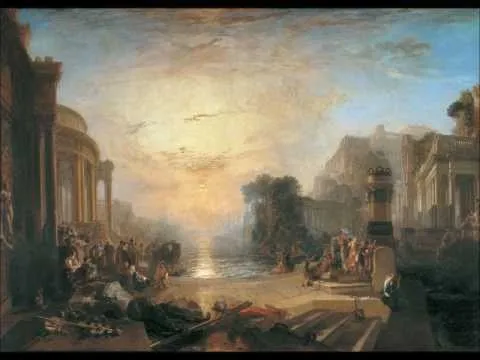
Richard Georg Strauss came from Germany, and he was born on 11 June 1864 and he died 8 September 1949, was a German composer, conductor, pianist, and violinist. Considered a leading composer of the late Romantic and early modern eras, he has been described as a successor of Richard Wagner and Franz Liszt. Along with Gustav Mahler, he represents the late flowering of German Romanticism, in which pioneering subtleties of orchestration are combined with an advanced harmonic style.
You should believe in yourself and in your own talents and knowledges in life, and you should not listen to anybody else, unless you feel the need for it. Hence, wrong perceptions, wrong imaginations and wrong statements are something you can bring to court, and you should never doubt anything unless there are reasons for it. And we are not here to listen to noise and voices of each other, if they are troublesome, and people making trouble where we live and work should be taken away the place they have where they are operating.
But Richard Strauss, what was he known for? You find him on YouTube, YouTube Music, Deezer and Spotify, and you can listen to the music you are appreciating there. Listen to Richard Strauss’ Also Sprach Zarathustra, recorded by Herbert von Karajan and the Berlin Philharmonic, on Apple Music and Spotify and scroll down to explore our selection of the best Richard Strauss works. What are the most known music pieces of Strauss’ works? Well, he has composed several things, and the most important are:
Also Sprach Zarathustra
Strauss is best known for his tone poem, Also Sprach Zarathustra, which was used as the main theme of the movie 2001: A Space Odyssey directed by Stanley Kubrick, and by the BBC in their coverage of the Apollo Moon landings. The work was composed in 1896, the year Strauss became chief conductor of the Bavarian State Opera in Munich, and was inspired by Friedrich Nietzsche’s philosophical novel of the same name.An Alpine Symphony
The last of Strauss’ masterly series of symphonic poems depicts the experiences of eleven hours (from twilight just before dawn to the following nightfall) spent climbing an Alpine mountain. By the time of An Alpine Symphony‘s composition Strauss had turned his attention away from tone poems and had become well-established as one of the greatest opera composers.Death And Transfiguration
Death And Transfiguration is a tone poem by Richard Strauss which depicts the death of an artist. The vast and varied orchestration is typical of the mature Strauss. Shortly before passing away peacefully in his sleep Strauss was heard to remark, “Dying is just as I composed it in Tod Und Verklärung (Death And Transfiguration”).
You also find music from Strauss on the music videos on the Internet. And there is also being put music from Strauss to symphonic poems. And just listen to the music as you want, and as Albert Einstein has told us: «Two things are infinite; the universe and the human stupidity». And we should use knowledges in literature and in speaking to deal with these matters.
And again some music as it was asked to be included! :)
Please do follow if you want to keep up with my next article. Any upvotes or reblogs are hugely appreciated!
Latest article, check out :
On perceiving all the things that you and I can do when being at the sea: The importance of the salt water and the sea spray!
Sverre Larsen
Kristiansand, Norway
Latest content: Travel, Art, Food, Article, Poetry


